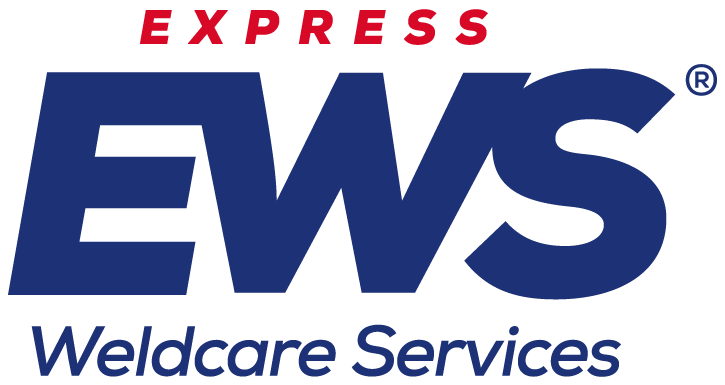For 50 years and counting Express Weldcare Services (EWS) has been run by experts. A company value we have continued to stand by and strengthen over the years is ‘knowledge in what we offer’. With this in mind, investing in staff expertise is a continual and ongoing part of our company culture and expansion plans.
As a business that prioritises safety and compliance, we have focussed recent investments on extending our in-house expertise relating to local exhaust ventilation (LEV) systems. Additionally, as part of our commitment to providing top-quality services delivered by qualified experts, we are thrilled to be able to offer LEV inspections by P601 qualified engineers. This gives EWS customers peace of mind that a safe working environment and HSE compliance will be the outcome of EWS inspections.
What is a Local Exhaust Ventilation (LEV) Inspection?
An LEV inspection is a critical evaluation of your workplace’s ventilation systems, specifically designed to control and remove hazardous substances, such as fumes, dust, or vapours. This regular inspection ensures that your LEV systems are functioning optimally and in compliance with U.K. health and safety regulations (British Occupational Hygiene Society).
Common LEV System Components
To understand the importance of LEV inspections, it’s essential to delve into the key components that make up a system. These components work in harmony to maintain air quality and protect workers from hazardous substances. Let’s explore the fundamental components of a typical LEV system and their roles:
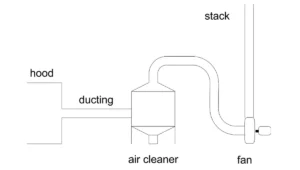
Components of a Local Exhaust Ventilation System
1. Hoods
Function: Hoods are the entry point for contaminants into the LEV system. They capture airborne substances at their source, such as dust, fumes, or vapours, before they can disperse into the workspace.
Importance: Proper hood design and placement are critical for effective capture. Incorrectly installed hoods can result in contaminants escaping into the environment, posing risks to workers and site visitors.
2. Ducts
Function: Ducts are the pathways through which captured contaminants are transported away from the work area. They ensure that the hazardous substances are directed towards the filtration or exhaust system.
Importance: Well-designed ductwork maintains a steady airflow, preventing the buildup of contaminants and ensuring they reach the filtration system for removal. Leakages, blockages or damaged ducts can compromise the system’s efficiency.
3. Fans:
Function: Fans create the necessary airflow within the LEV system, aiding the movement of contaminants through the ductwork and toward the filtration or exhaust system.
Importance: Correct fan selection and maintenance are essential. An inadequate fan may not provide sufficient airflow, while an overpowered one may create excessive turbulence, potentially releasing contaminants back into the workplace.
4. Filters:
Function: Filters are the final line of defence before releasing air back into the environment, ensuring that it’s free from contaminants. Understanding the different types of filters and their roles is key to maintaining a healthy and safe workspace.
- Pre-filter: Think of the pre-filter as the first responder in the filtration process. Its job is to capture large particles, preventing them from going further into the system. This first barrier prolongs the life of the main filter and therefore changing pre-filters often, maintains the effectiveness of extraction and can result in long-term cost savings. You can find a replacement pre-filter here.
- Main filter: The main filter is the workhorse of the filtration system. It’s designed to capture fine dust particles with remarkable efficiency, separating more than 99% of them. This thorough filtration ensures that even the tiniest contaminants are removed from the air, contributing to superior air quality. You can find a replacement main filter here.
- Activated carbon filter: This filter has a key role against unwanted odours. It specialises in absorbing and neutralizing odours, making sure the air released into the environment is free from unpleasant or harmful smells. It’s a crucial component for enhancing workplace comfort and safety. You can find a replacement activated carbon filter here.
Importance: The above filters work collectively in a filtration unit to clean the air. Selecting the appropriate filters for the specific contaminants is vital. The significant role they play means that filters must be regularly inspected and replaced to maintain their efficiency. Neglecting filter maintenance can lead to poor air quality and increased health risks.
Each of the aforementioned components is integral to the LEV system’s overall effectiveness. When all components are well-designed, correctly positioned, and adequately maintained, the LEV system ensures a clean and safe working environment. Conversely, any issues with one of these components can compromise worker safety, regulatory compliance, and the well-being of your business (LEV Central).
Which Businesses Require LEV Inspections?
LEV inspections are necessary for a wide range of industries, including but not limited to:
Welding and Fabrication Workshops:
Metalworking processes, such as welding and grinding, generate high levels of dust and fumes.
Automotive Repair and Maintenance Centers:
Automotive repair and maintenance centres generate numerous hazardous substances and fumes, for example, diesel exhaust, oil mist, carbon monoxide and welding fumes.
Woodworking and Joinery Workshops:
Typical contaminants that may be present in these facilities are wood dust, glues, resins and chemicals such as solvents, paints, varnishes and adhesives.
Pharmaceutical and Chemical Plants:
Pharmaceutical and chemical plant processes can generate dust from powders and mist during production. Additionally, fumes can be created where welding is required and gas and vapours can be produced such as solvents.
Construction Sites:
Activities such as cutting, drilling and demolition can create significant amounts of dust. Additionally, construction processes that involve the use of paints and coatings can generate mist particles. Furthermore, any activities involving the use of heat such as welding can produce fumes. Lastly, construction materials, adhesives, paints and solvents can emit Volatile Organic compounds (VOCs), which can also contribute to poor air quality.
Food and Beverage Processing Plants:
Contaminants that can be present in these facilities are dust from powders and grains, mist generated during processes such as spraying and fumes created during processes such as cooking and frying.
How often should LEV systems be tested?
According to BOHS, LEV equipment should be tested every 14 months. Regular testing is necessary to ensure that the LEV equipment is functioning optimally and providing the intended level of protection to workers. Failure to test LEV systems frequently enough can result in numerous negative consequences. With this in mind, it is important for businesses to understand these consequences and ensure regular testing and maintenance of LEV systems is a priority.
Specific industries that require more frequent LEV inspections
Industries that require shorter interval periods for LEV testing adopt the processes shown in the table below (table taken from HSG258).
With the above table in mind, businesses that may require testing more frequently include but are not limited to:
- Woodworking sites
- Food processing sites
- Quarry sites
In summary, industries that generate higher levels of dust, fumes, or other hazardous substances are highly likely to require more frequent LEV testing to ensure the systems are functioning effectively and protecting workers’ health and safety.
Consequences of not getting your LEV System Inspected
Failing to get your LEV system inspected regularly can lead to severe consequences, such as:
Employee Health Risks
LEV systems are designed to control and remove hazardous substances from the workplace, protecting workers from exposure. If these systems are not tested regularly, they may become less effective over time. Inadequate ventilation can expose your workers to harmful airborne contaminants, leading to respiratory issues and long-term health problems.
Legal Non-Compliance
Neglecting LEV inspections may result in non-compliance with health and safety regulations. Consequently, employers may face prosecution for not meeting their obligations to maintain and test LEV systems leaving the business susceptible to fines from regulatory bodies and potential legal action.
Invalidated Insurance
Inadequate testing of LEV systems can result in insurance policies being invalidated. This means that in the event of an incident or claim related to exposure to hazardous substances, the business may not be covered, leading to potential financial losses.
Reduced Efficiency
A poorly functioning LEV system may compromise productivity and product quality due to reduced air quality and increased downtime.
Reputation Damage
In case of workplace accidents or employee health concerns, your company’s reputation could suffer, affecting customer trust and employee morale.
It is essential for businesses to understand the potential consequences of not testing LEV systems frequently enough. Regular testing and maintenance of LEV systems are essential to ensure the health and safety of employees, compliance with regulations, and the overall well-being of the business.
Why are P601 engineers recommended to inspect your LEV system?
To ensure that Local Exhaust Ventilation (LEV) systems function effectively, regular testing and inspection by a qualified professional is advised. One of the key qualifications for LEV testing is the P601 certification, which stands for “Thorough Examination and Testing of Local Exhaust Ventilation (LEV) Systems,” accredited by the BOHS. Let’s delve into the reasons why having your LEV equipment tested by a P601-certified engineer is strongly advised:
Demonstration of Competence
The P601 certification signifies that an engineer possesses the necessary knowledge and skills to effectively test and maintain LEV systems. This competence provides assurance to employers, clients, and regulatory authorities that the engineer can proficiently carry out these crucial tasks.
Compliance with Regulations
The HSE and the British Occupational Hygiene Society (BOHS) strongly encourage LEV system testers to hold the P601 certification. Compliance with regulations, such as the Control of Substances Hazardous to Health (COSHH), mandates that individuals working with LEV systems be competent. Using a P601-certified engineer ensures compliance with these vital regulations.
Thorough Examination and Testing
LEV systems must undergo comprehensive examinations and testing to ensure their effective operation and protection of workers. A P601-certified engineer has the knowledge and expertise to conduct thorough inspections, identify any issues or deficiencies, and recommend appropriate corrective measures.
Health and Safety of Workers
The primary purpose of LEV systems is to safeguard workers’ health and safety by controlling their exposure to hazardous substances. Regular testing and maintenance, performed by a P601-certified engineer, ensure that these systems function optimally and provide the intended level of protection. With their expertise, you can have confidence in the reliability and effectiveness of your LEV equipment.
Risk Reduction
Failure to properly maintain and test LEV systems can lead to increased health risks for workers. Malfunctioning or poorly maintained systems may not adequately capture and remove hazardous substances, resulting in higher exposure levels. Engaging a qualified professional for LEV equipment testing helps mitigate these risks and creates a safer working environment.
In summary, having your LEV equipment tested by a P601-certified engineer is crucial for maintaining the effectiveness and safety of your LEV systems. Through compliance with regulations, demonstration of competence, and the reduction of health risks, regular testing and inspection contribute to a healthier and safer workplace for all.
Why choose EWS for your LEV Inspections?
 Experts – P601 engineers
Experts – P601 engineers
Our P601 engineers have undergone rigorous training and certification, demonstrating their competence in thoroughly examining and testing LEV systems. By choosing EWS, you avoid the hassle of searching for different specialists every year, and you reduce costs associated with non-compliance, HSE fines, and the risk of invalidating insurance.
 Planned maintenance & management
Planned maintenance & management
Our planned maintenance and management services offer you the peace of mind that your LEV systems are well taken care of, year after year. We will proactively schedule your inspections ensuring that your systems are always up to date and in compliance with regulations. We take the burden off your shoulders by handling all aspects of maintenance and management, allowing you to focus on your core business operations.
 Nationwide coverage
Nationwide coverage
EWS offers nationwide coverage, meaning our engineers can be dispatched anywhere your business needs. This means you won’t have to coordinate multiple service providers for different branches or locations. We make it convenient for you to ensure LEV compliance across your entire organisation.
Book your next LEV Inspection
As part of the launch of this service, we are offering an initial free site survey to existing and new customers (*see eligibility requirements for your initial free LEV site survey ). This involves our engineers coming to your site to conduct a comprehensive assessment of your system. The outcome of this will be a hierarchy of transparently priced solutions to meet your specific requirements and budget. At this stage, you can decide whether to book your official LEV inspection.
Since launching our LEV service, the demand has been exceptionally high so we urge customers to book for the year ahead in advance and as soon as possible. Safety should not be considered with a reactive mindset, we encourage all our customers to take a proactive step towards workplace safety and compliance.
*Eligibility requirements for free site survey: although we can dispatch our engineers anywhere across the UK, to qualify for a free site survey your business must be within our main coverage areas. If you are not within these areas we can still despatch engineers to conduct your official LEV inspection but you will not qualify for the free site survey.
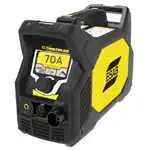
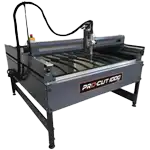
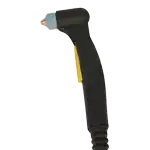
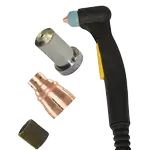

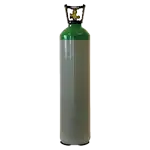
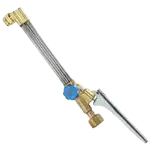
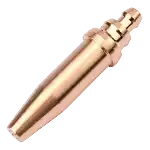
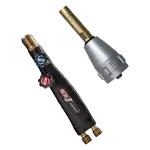

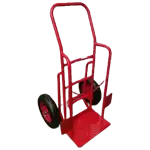
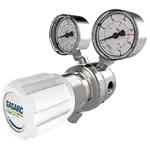
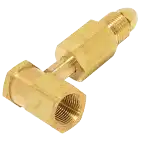
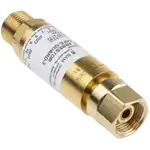


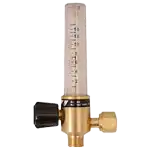
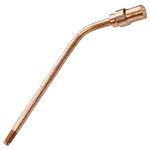
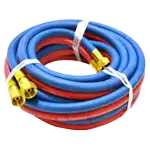
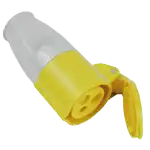
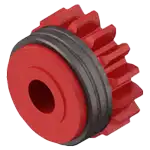
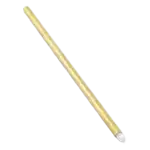
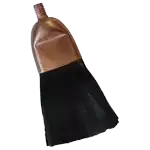
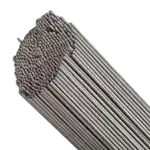
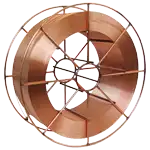

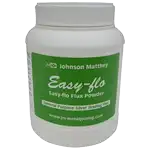
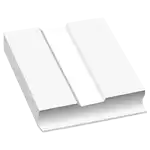
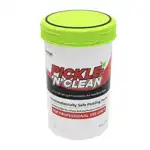
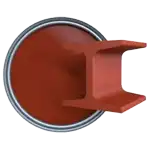
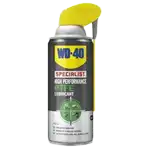
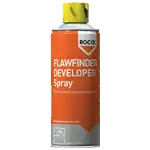
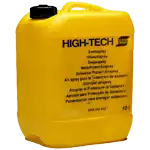

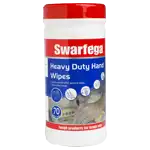
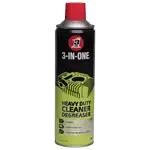

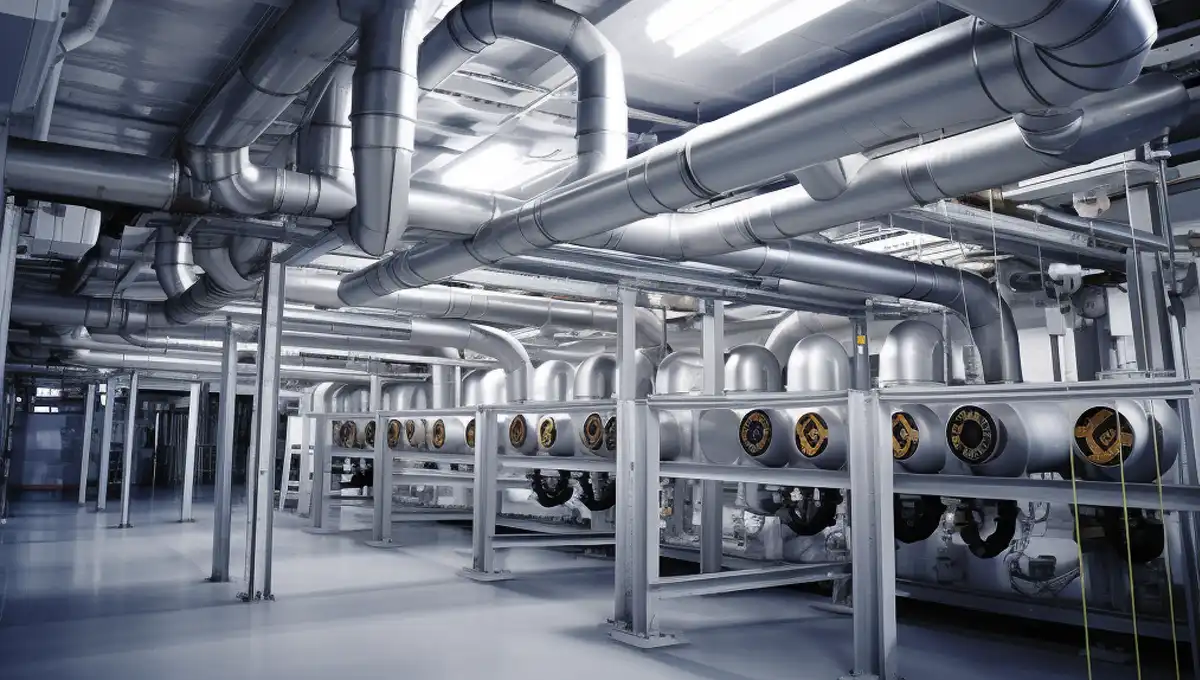
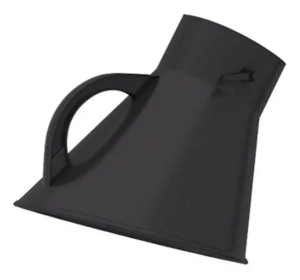
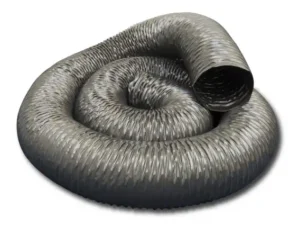
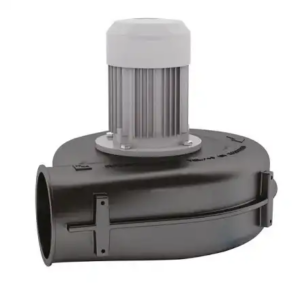

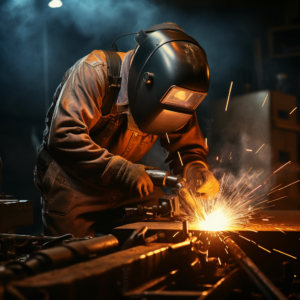
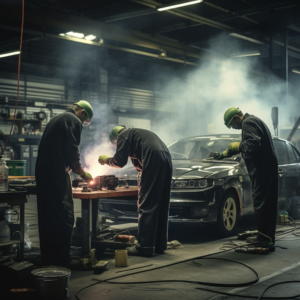
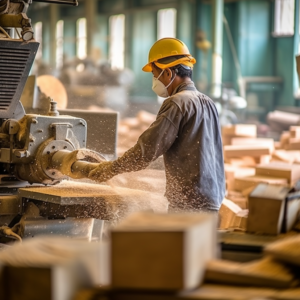
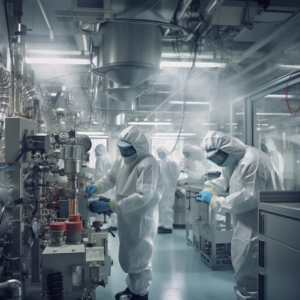
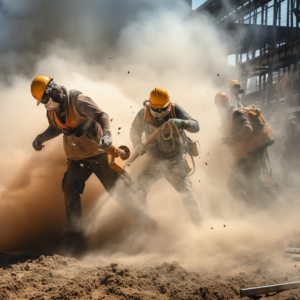

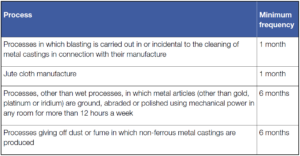
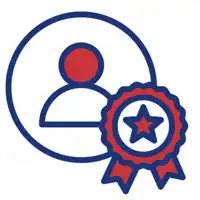 Experts – P601 engineers
Experts – P601 engineers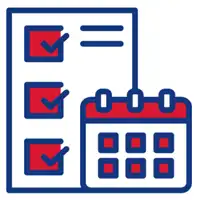 Planned maintenance & management
Planned maintenance & management Nationwide coverage
Nationwide coverage